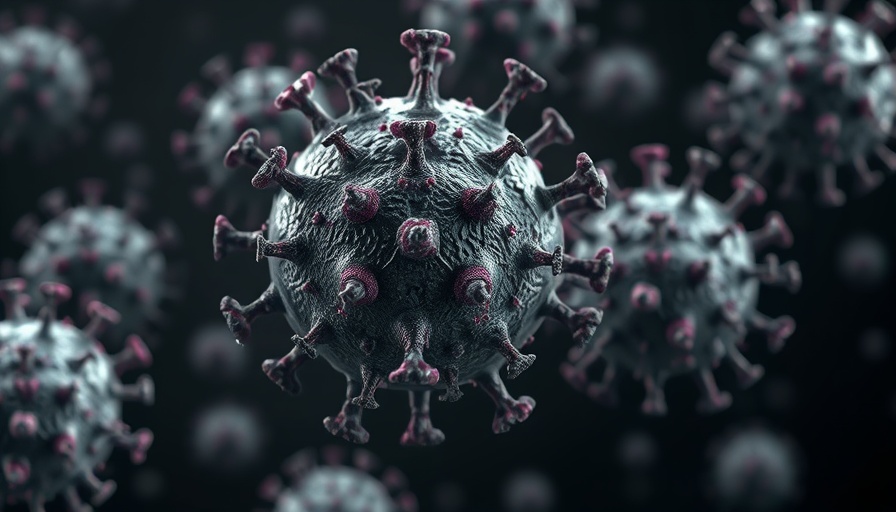
The Path Forward: FDA's New Direction for COVID Vaccines
The recent unanimous vote by the FDA advisory committee to recommend a monovalent COVID vaccine targeting the JN.1 variant reflects a crucial turning point in the evolving landscape of public health. Indeed, this decision arises amid ongoing discussions regarding the optimal strains for upcoming vaccination campaigns, with members recognizing both the immediacy of the health crisis and the challenges of selecting the most effective immunization strategies.
The Science Behind the Decision: Monovalent vs. Bivalent
Monovalent vaccines, which target a single strain of the virus, can provide focused protection. This approach was supported by committee member Dr. Hayley Gans, who highlighted a preference for the European stance, suggesting continuity in vaccine formulation may simplify distribution efforts. However, there's no singular consensus on the strain that should lead this effort. While the JN.1 lineage is prevalent, others like LP.8.1, being screened for relevancy, could offer broader cross-protection, proving essential as new strains emerge.
Expert Insights into Vaccine Efficacy
During the advisory meeting, key representatives from major vaccine developers presented their findings. Dr. Jacqueline Miller of Moderna noted that the LP.8.1 strain is currently dominant in the U.S. and appears to neutralize new variants effectively, suggesting that adapting the vaccine accordingly might be prudent for the upcoming respiratory season. Countering this perspective, Dr. Tonya Colpitts from Sanofi pointed out that while LP.8.1 is prevalent now, its dominance may decline, making early decisions based on current trends potentially shortsighted.
The Human Element: Patient Safety and Community Trust
Beyond the science lies a vital human facet. The ongoing COVID-19 pandemic and the subsequent vaccine campaigns have profoundly affected community trust in health systems. As healthcare providers, it is imperative to communicate effectively about vaccine choices and their implications for patient safety. The effectiveness of a vaccine not only relies on its scientific merit but also on the confidence it instills in the public.
Healthcare Policy Implications: What Lies Ahead?
This advisory decision has significant repercussions for healthcare policy and provider practices. As the FDA endorses a single-strain vaccine, healthcare executives and policymakers must strategize effective outreach, education, and distribution plans, ensuring that both providers and patients understand the rationale behind any changes in vaccination strategy.
Actionable Insights for Healthcare Providers
For healthcare professionals, staying informed about the latest medical news and clinical guidelines is essential. Continuous medical education (CME) opportunities can equip providers with the tools needed to address patient concerns and navigate changes in vaccination strategies collaboratively. Engaging with provider insights and research updates will enhance clinical decision-making and improve community health outcomes.
Looking Towards the Future
The global health community faces an ongoing challenge in managing COVID-19 as new variants spring up. The decisions made now lay the very foundation for how we tackle upcoming seasons. As we move forward, collaboration among healthcare professionals will be vital in sustaining public health and advancing vaccination efforts.
For practitioners in the field, staying attuned to emerging medical trends, patient safety strategies, and healthcare policy changes can make all the difference in maintaining health equity and comprehensive care for all patients. Each decision made today, each conversation with patients about vaccine efficacy and safety, reinforces the collective effort to conquer this pandemic.
Take Action: Stay Informed and Engaged!
As we navigate this new chapter in the fight against COVID-19, healthcare providers are encouraged to engage in continuous education and community discourse surrounding vaccine formulations and public health strategies. Staying informed empowers you to provide accurate information, ensuring that both patients and communities can make well-informed choices regarding their health.
 Add Row
Add Row  Add
Add 




Write A Comment